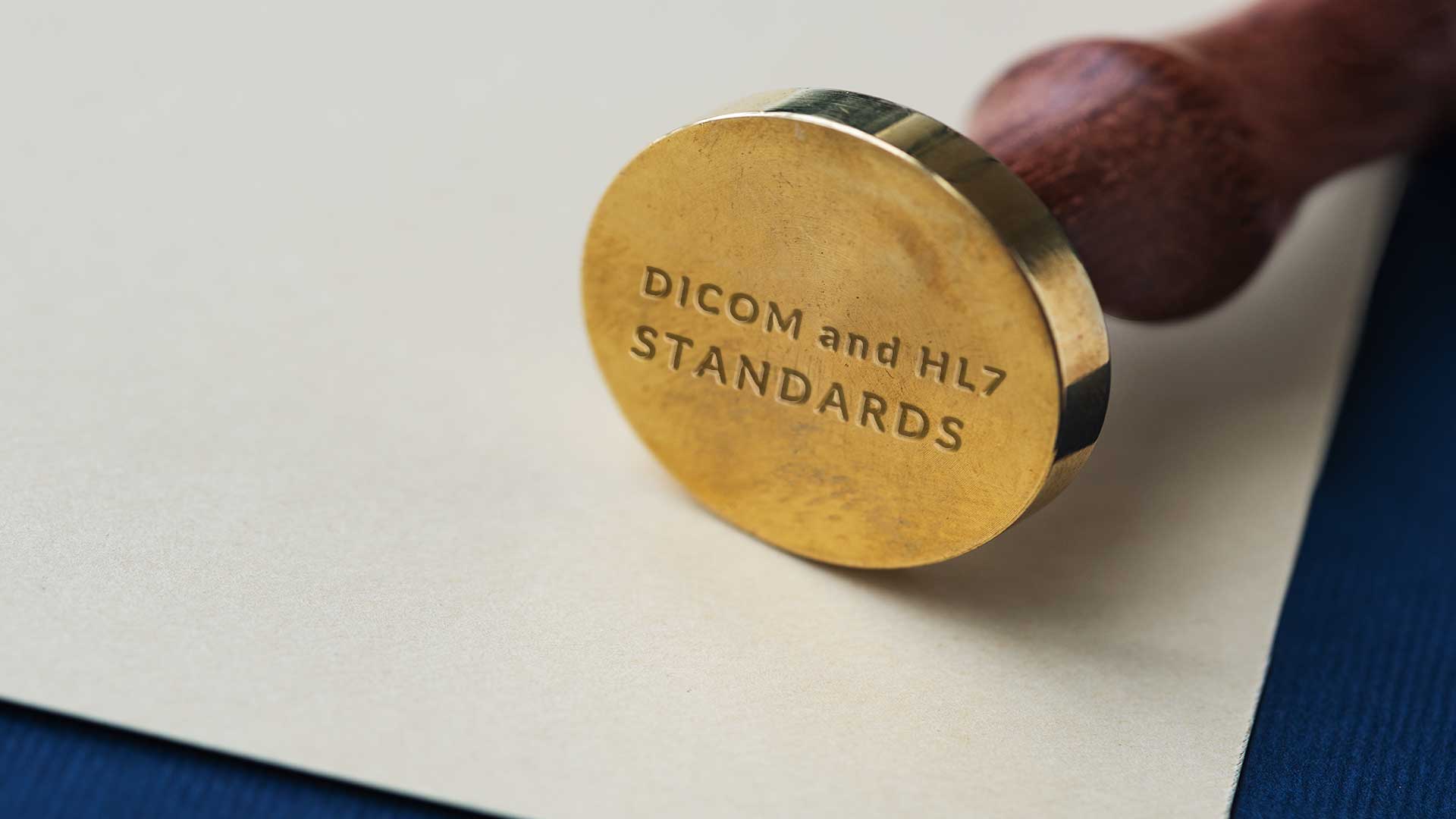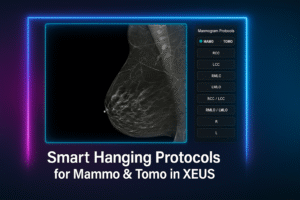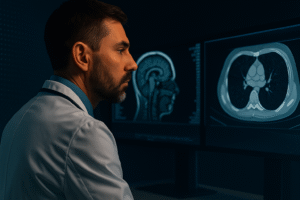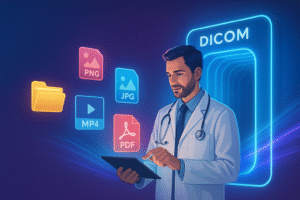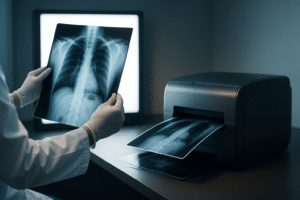Transferring images and textual information between healthcare information systems has always been difficult for two reasons.
1- Information systems use different computer platforms.
2- Images and data are produced by different imaging methods by different manufacturers.
With the healthcare industry standards, Dicom and HL7 (Digital Imaging and Communication in Medicine and Health Level 7), it is possible to integrate all heterogeneous medical images and textual data into one organized system.
The healthcare interface requires two components:
1- Common data format.
2- Communication protocol.
HL7 is a standard textual data format, while DICOM includes data formats and communication protocols. According to the HL7 standard, it is possible to share healthcare information between Hospital Information Systems (HIS), Radiology Information Systems (RIS), and PACS. By adopting the DICOM standard, medical images produced by a variety of methods and manufacturers can communicate with each other as an integrated healthcare system.
Integration of Imaging and Information Systems
Radiology departments are increasingly asked to do more with less annual budget and to remain competitive while managing bottom lines. Identifying opportunities to improve workflow efficiency is an important aspect of managing a department and reducing associated costs. Workflow enhancement tools can be built by making use of Dicom and HL7 messages that are directly related to various workflow steps.
Advantage Dicom and HL7
- Transformation of reporting processes
- Faster communication of results
- Coordination of clinical tasks
- Distribution of machine-processable results
- Extended search capabilities and analyses
- Controlled entry and check of key data
- Defined structure and semantic Quantitative data Key images, graphics
- Facilitate the exchange of imaging-based observations between imaging information systems and clinical information systems
Why are Dicom and HL7 important in healthcare?
using both Dicom and HL7 to determine various metrics related to the operations of a radiology department While using a single data source may be a good approximation, it is important to take an integrated approach to get better visibility into more granular operations as well as determine more accurate values for the metrics of interest.
A radiology department needs to create clear definitions of metrics; even the seemingly obvious terms such as “start of exam” need to be explicitly tied to workflow steps and the electronic measurements
using Dicom and HL7 This “data governance” is an important aspect of the data analytics and process improvement approach. Data governance should define clearly the metrics, agree on the measurement methodology, understand the exceptions cases where the methodology might be imperfect, and serve as a governing body to increase the acceptance of the process improvement initiatives.
